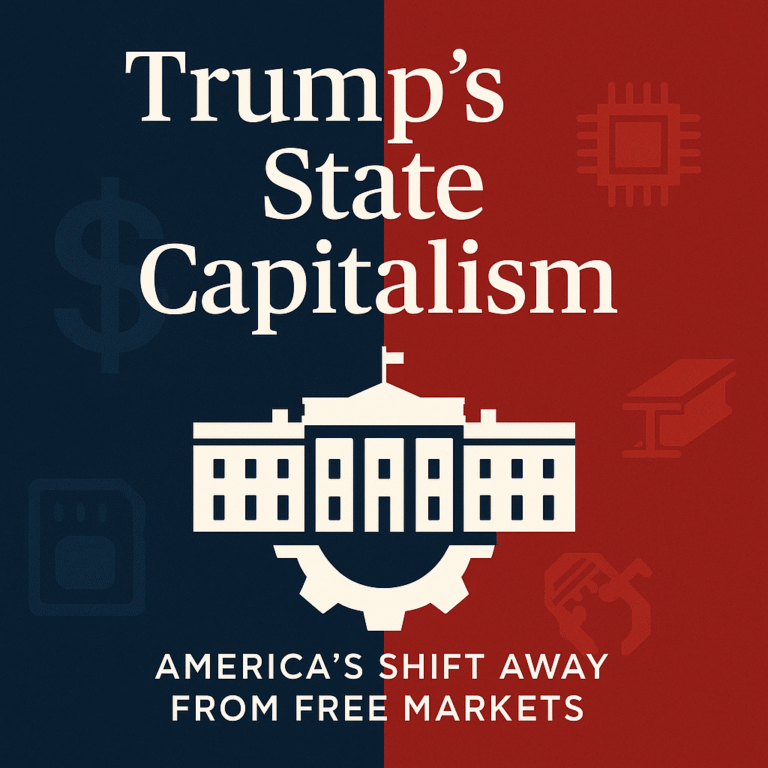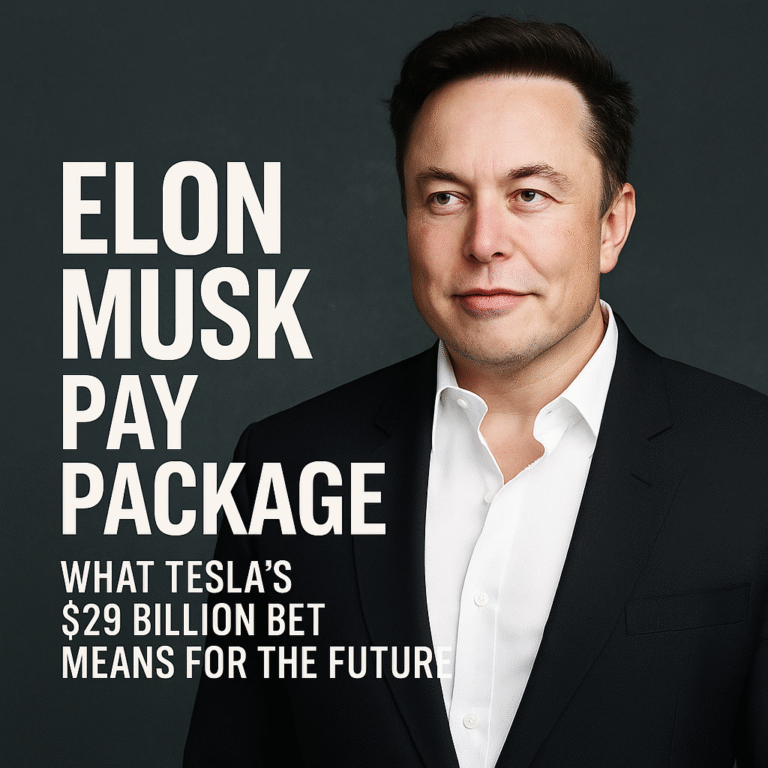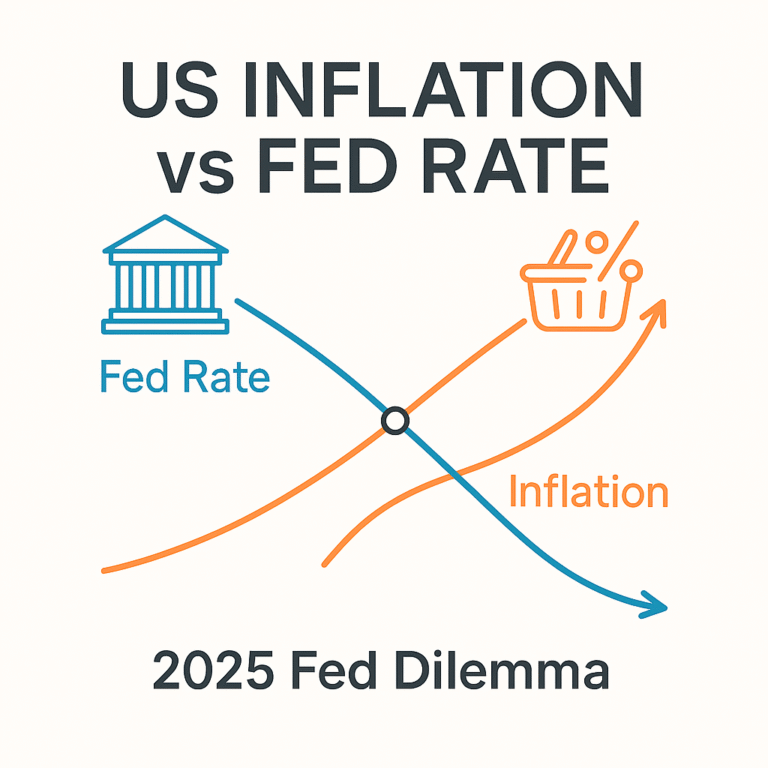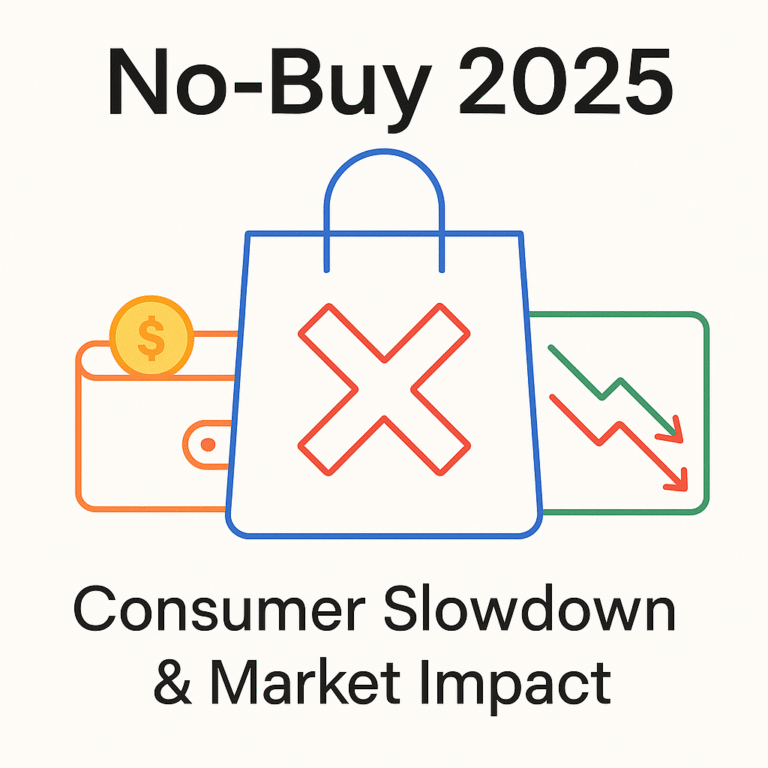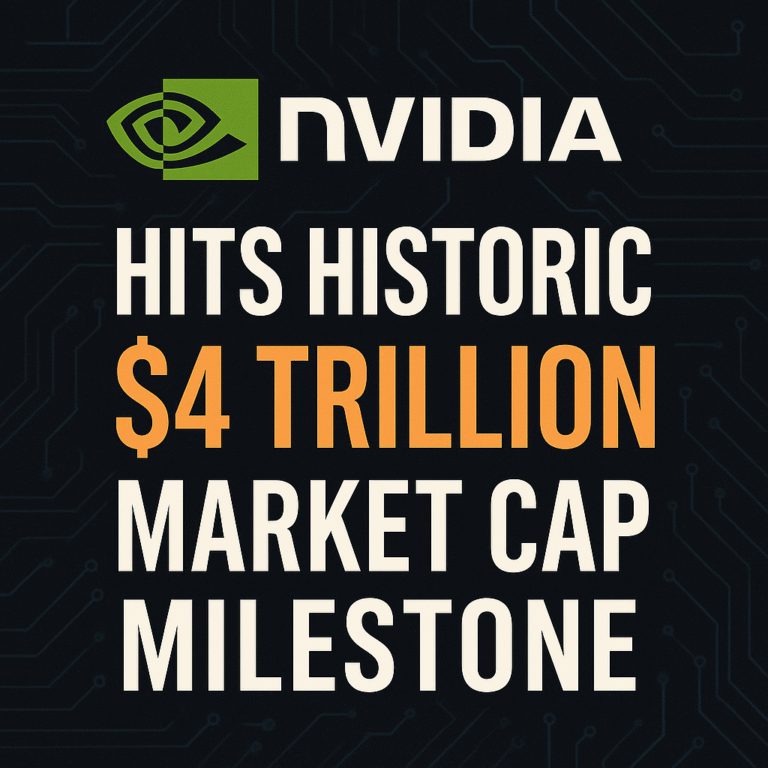Tesla and Samsung’s $16.5 Billion Chip Deal: Elon Musk’s Founder Mode and the Future of AI6 Chips
Tesla has inked a $16.5 billion deal with Samsung to supply next‑generation AI6 chips. This article analyzes Elon Musk’s hands‑on “founder mode,” how the agreement reshapes the foundry industry, and what it means for self‑driving cars.
Key Takeaways
A Landmark Deal in the AI Chip Race
In late July 2025, the semiconductor industry was shaken by news that Samsung Electronics had signed a $16.5 billion long‑term chip supply contract with an unnamed global client. Hours later, Tesla CEO Elon Musk revealed on his X (formerly Twitter) feed that the client was Tesla, confirming that Samsung would fabricate Tesla’s next‑generation AI6 inference chips. Samsung already supplies AI4 chips for Tesla’s vehicles, while TSMC is slated to produce the upcoming AI5 chips. Ever the showman, Musk called the deal “strategically important” and said that $16.5 billion is the bare minimum — actual output could be several times higher.
Contract Announcement and Timeline Details
Samsung announced on July 28 that it had secured a multi‑year supply agreement worth $16.5 billion, effective from July 26 2025 and running through December 31 2033. The South Korean tech giant initially withheld the customer’s name, citing confidentiality requirements, but Musk later confirmed Tesla’s involvement. The AI6 chips will be manufactured at Samsung’s new fab in Taylor, Texas, with operations slated to begin in 2026. Located near Musk’s home in Austin, the facility will allow the Tesla CEO to personally inspect the production line, reinforcing his commitment to hands‑on oversight.
Tesla’s chip roadmap continues to evolve. Samsung currently produces the AI4 chips powering Tesla’s driver‑assistance system, while TSMC has completed the design of the AI5 and plans to start production in Taiwan and Arizona in late 2026. Industry analysts expect AI6 chips to follow in 2027 or 2028, reflecting the rapid generational cadence needed to support autonomous driving and humanoid robots.
Market Data and Foundry Share Visualization
Despite the fanfare, Samsung remains a distant second in the global foundry market. TrendForce data show that TSMC captured about 67.6 % of the market in the first quarter of 2025, while Samsung’s share slipped to 7.7 %. The bar chart below illustrates the wide gap between the two leading players.

Investors cheered the announcement. Samsung’s share price surged almost 7 % after the deal was reported, and Tesla’s shares gained about 4.2 %. Market participants view the agreement as a catalyst for Samsung’s unprofitable foundry business and a sign that Tesla is doubling down on in‑house AI chips to differentiate its vehicles and robots.
Expert Commentary and Quotes
Musk’s posts emphasized his intent to oversee production personally: “Samsung agreed to allow Tesla to assist in maximizing manufacturing efficiency,” he wrote, adding that he would walk the line himself. His hands‑on approach fits the “founder mode” ethos that has defined his leadership at Tesla and X.
Analysts see strategic benefits for Samsung. Ryu Young‑ho of NH Investment & Securities told Reuters that the Taylor facility “had virtually no customers, so this order is quite meaningful”. Forbes noted that the deal provides a much‑needed boost to Samsung’s loss‑making contract chip business, which has fallen behind TSMC due to lower yields. The company also warned investors that second‑quarter operating profit could plunge 56 %, partly because U.S. export restrictions on advanced chips to China forced inventory write‑offs.
Reuters reported that the AI6 chips will power Tesla’s self‑driving vehicles and its humanoid robot, Optimus. However, the news agency cautioned that the contract will not immediately increase Tesla’s electric‑vehicle sales or speed up its robotaxi rollout, given that volume production is years away.
Economic and Industry Impact Analysis
For Samsung, the contract is a strategic lifeline. The company has lost ground to TSMC in the advanced foundry market and has racked up estimated losses exceeding $3.6 billion in its contract chip division in the first half of the year. A large, long‑term order improves fab utilization rates, supports capital‑intensive infrastructure, and offers a marquee customer that can attract other clients.
For Tesla, custom AI chips are a cornerstone of its broader ambitions. AI6 inference chips are designed to process neural‑network workloads efficiently, powering full self‑driving features and future humanoid robots. Yet the company faces skepticism: current AI4/Hardware 4 systems deliver only SAE Level 2 to Level 3 capability, meaning drivers must remain attentive. Tesla has struggled to deliver promised upgrades to owners of older hardware, leading to lawsuits and accusations of false advertising. These challenges highlight how far Tesla must go before robotaxis become a reality.
Production Timeline and Key Risks Ahead
Industry observers expect AI6 production to ramp up after AI5 chips enter volume manufacturing in late 2026. This suggests a timeline of 2027–2028 for meaningful output, leaving a multi‑year gap before Tesla can deploy AI6‑equipped vehicles at scale. Uncertainties abound: trade negotiations between the United States and South Korea, U.S. export controls on advanced chips, and fluctuating demand for AI processors could all influence the project’s economics.
Another risk is Tesla’s history of missing hardware deadlines. The company still lacks a clear plan to upgrade vehicles with Hardware 3 computers to full self‑driving capability. Rapid hardware generation cycles could leave existing customers feeling left behind. Finally, Samsung must prove that its yields and process technology can match TSMC’s; any delays or quality issues could disrupt supplies and tarnish both companies’ reputations.
The $16.5 billion Tesla–Samsung chip deal presents both promise and peril. Samsung gains a marquee customer and an opportunity to revive its foundry ambitions, while Tesla secures next‑generation AI hardware to power robotaxis and humanoid robots. Yet production timelines, manufacturing yields, and regulatory headwinds pose significant hurdles. How this collaboration reshapes the semiconductor landscape and the future of mobility warrants close attention.


